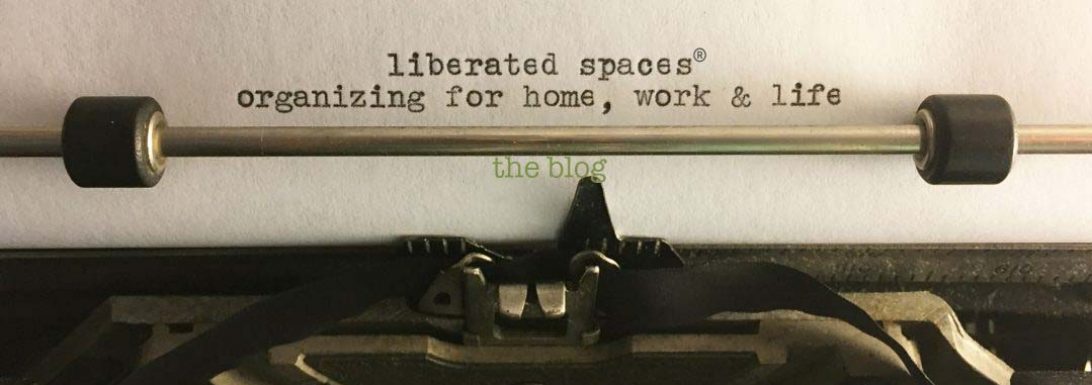I was visiting my bank yesterday afternoon when a woman walked in to inquire about their services. She was talking to one of the tellers across a table covered with plates of heart-shaped cookies, bagels and cream cheese, and freshly cut fruit. This was Valentine’s Day at the bank. As she spread cream cheese on a bagel wedge, I heard her ask for clarification when she was told the bank offers free checking accounts that had no minimum balance requirements.  “Wait, no minimum balance? You mean no fees?” she asked. Perhaps she felt as though she was waking from a dream or falling in love.
“Wait, no minimum balance? You mean no fees?” she asked. Perhaps she felt as though she was waking from a dream or falling in love.
Moving your money to a bank that supports their customers and invests in the local community and economy truly makes a difference. Many friends and acquaintances have expressed interest in switching from their big fee-collecting banks to a smaller community banking environment. They think it’s a great idea and they want to do it, but it’s a multi-part project that cannot be completed in one sitting. It takes time and patience, and it feels daunting. I encourage them by saying that when they are ready, they will make the time.
So how exactly do you move your money?
The bank manager tells customers to allow two to three months for the process to be completed. Most of that time is spent waiting for payments to clear or changes to take effect. But like any other goal you set or project you undertake, you need to break it down into small pieces to make it both manageable and attainable.
First, you need to find a bank. In addition to asking family and friends for personal recommendations, use Move Your Money‘s online resource to locate community banks and credit unions near you. Visit the banks that interest you and ask about their account offerings, minimum balances, and fees. Find out if they offer other benefits and services you can use. Because most community banks and credit unions are local, inquire about reciprocal ATM agreements so you can access funds when you’re away from home while avoiding fees.
Once you’ve chosen the new home for your money:
- Make a date with yourself and go open your account.
- Change automatic deposits (i.e. paychecks, social security payments, dividends payments, etc.) so they are routed to your new account.
- List all automatic bill payments and direct debits that are taken from your soon to be former account. Changing these to your new account will be a mini-project. Be mindful of having adequate funds in your old and new accounts as you gradually move them over.
- Note the total of any outstanding checks. You want to be certain to keep their total amount plus any minimum account balance requirement in your old account.
- When all checks have cleared from the “old” account, pay a final visit to the bank and formally close your accounts.
When move your money, you are joining a vast community of individuals, families, small business owners, nonprofits, and even cities who are choosing to bank with institutions whose ethics and practices are in alignment with their values. Banking can be different. Maybe your new bank will bake and serve cookies every day. Mine does, and as such it provides another great service: allowing me to exercise restraint in the face of a tray of chocolate chip cookies.
